The Italy of Thomas Jefferson
For those unaware of Thomas Jefferson’s connections overseas, it might seem odd as to why the home of the Department of Italian Studies at NYU, Casa Italiana Zerilli-Marimò, would host an exhibition dedicated to third President of the United States (1801-1809). Though little known to many, the iconic American figure was strongly linked to Italy, thanks to its architecture and beautiful scenery. Therefore, Maria Cristina Loi curated Thomas Jefferson- An Italian President (March 23-April 18) to offer an interpretation of his relationship with the country.
On the opening night of the multimedia exhibit, Director Stefano Albertini addressed the audience before Loi took the stage to deliver a brief lecture. He began, "As you know, sometimes we present exhibits that come from other foundations and collections, but this is an original project conceived, elaborated, and prepared for us by Professor Maria Cristina Loi.” He continued, “It was during one of our meetings in my office that she told me about her expertise on Jefferson as an architect, as a planner.” He explained that together they decided it would be a good idea to present this story to the public in a visual and engaging, yet “scientifically sound” way. Loi achieved this by featuring prints of places Jefferson saw when he came to Italy that were reconstructed exactly as they were hundreds of year ago. According to Albertini, the exhibit took viewers on a “beautiful trip” where they discovered "why we have a claim to his Italian side.”
Loi added, “In this specific case of Thomas Jefferson, we cannot think of his work avoiding to think about all the other aspects of his life. We have to think of Thomas Jefferson as an architect, or better a gentleman, an amateur architect, a politician, a man of love, and a man that was incredibly educated for those times in America.”
Thomas Jefferson’s (Quick) Experience Abroad
Over the course of his 83 years of life, Jefferson only spent 21 days in Italy from April 12 through May 2, 1787. He took this short trip while serving as ambassador to Paris, and his itinerary took him from the border with France to Milan by way of Turin and Genoa. He chronicled his journey in his journal and numerous letters, which suggest that he was mostly interested in farmland, vineyards, rice fields, new machineries, and production techniques.
There are only a few annotations regarding the country’s art and architecture, but it's evident that that they both largely influenced him. Overall, Jefferson looked to classical architecture, which he considered eternal and universal, and which he came to know through Palladio’s plates and many other sources from his rich library. On the other hand, he looked to the ever-changing Italian landscape to inspire him in the creation of the rural America he dreamed of.
Actor Miles Jackson, a student at NYU's Tisch School of the Arts, read a passage from Jefferson’s travelogues to the audience:
“If any person wished to retire from his acquaintance, to live absolutely unknown, and yet in the midst of physical enjoyments, it should be in some of the little villages of this coast, where air, water, and earth concur to offer what each has, most precious. Here are nightingales, beccaficos, ortolans, pheasants, partridges, quails, a superb climate, and the power of changing it from summer to winter at any moment, by ascending the mountains. The earth furnishes wine, oil, figs, oranges, and every production of the garden, in every season. The sea yields lobsters, crabs, oysters, thunny, sardines, anchovies…Through Piedmont, Lombardi, the Milanese, and Genoese, the garden bean is this great article of culture; almost as much so as corn. At Albenga, is a rich plain opening between two ridges of mountains, triangularly, to the sea, and of several miles extent. Its growth is olives, figs, mulberries, vines, corn, and beans.”
As Loi described, “This is, as you have heard, a passionate description of a place near the border of Italy to France, Albegna in Liguria. It is the voice of somebody who really loved Italy.” After sharing how much he enjoyed Italy and Virgina at the same, she said, "He was very critical of the Old Continent and what he had been able to observe during his trip to Italy, like the quality of life and the dangerousness of the city. His goal was to make the best of that experience, and then adapt it to better living conditions of the country which he came from."






























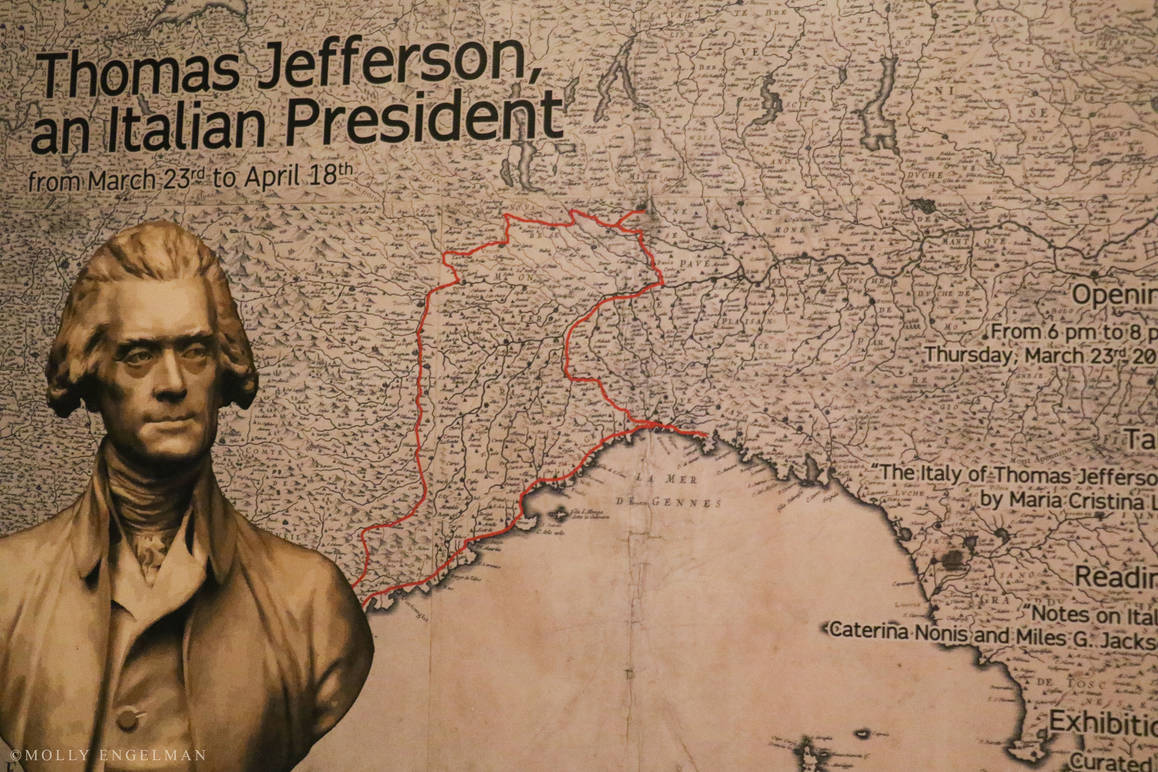
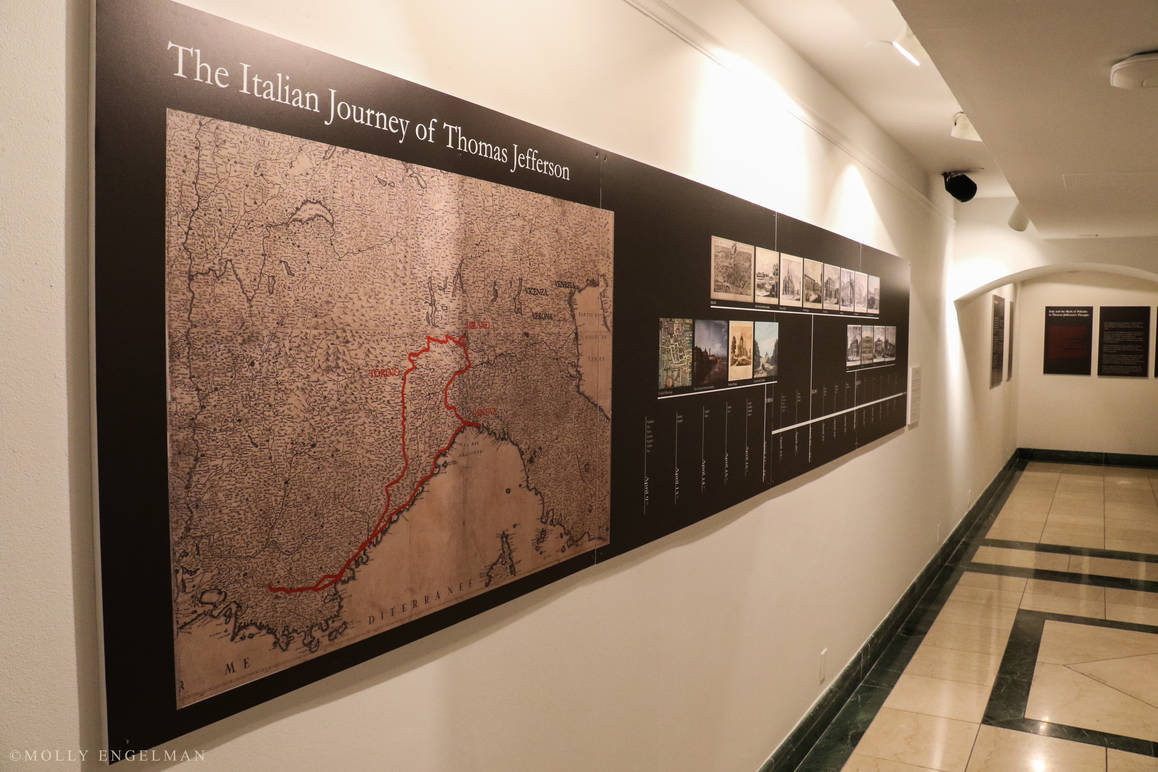

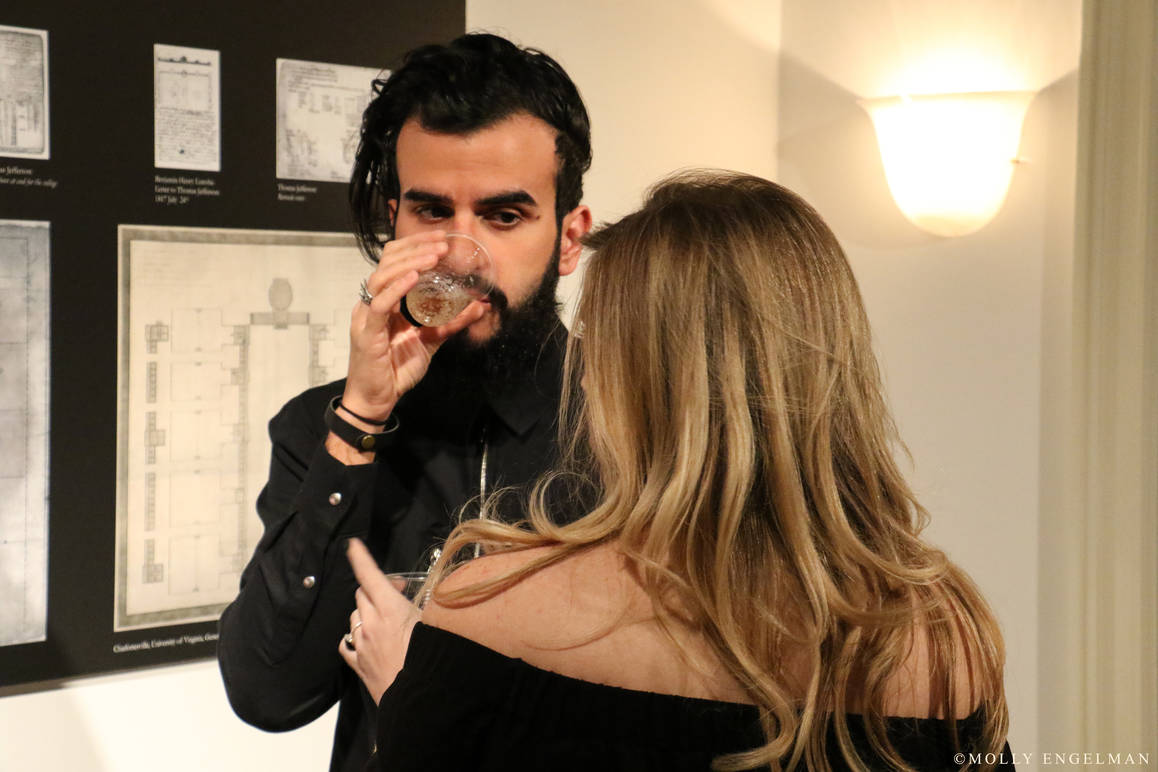
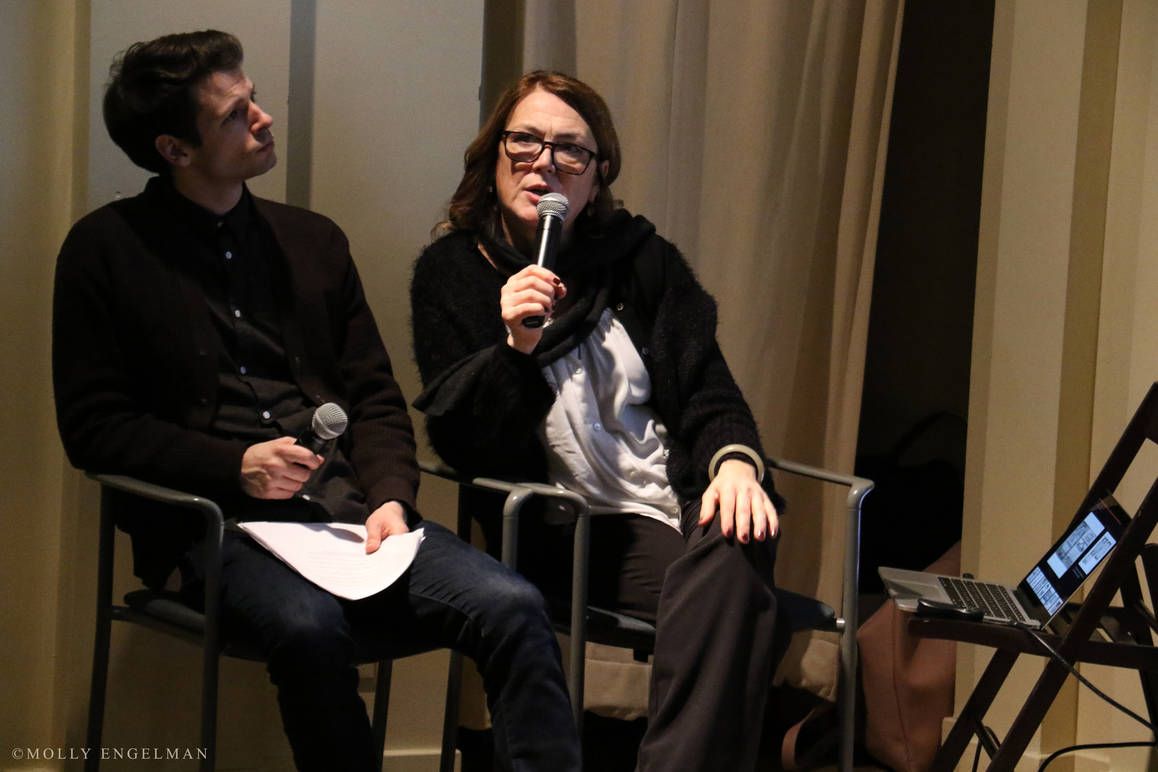
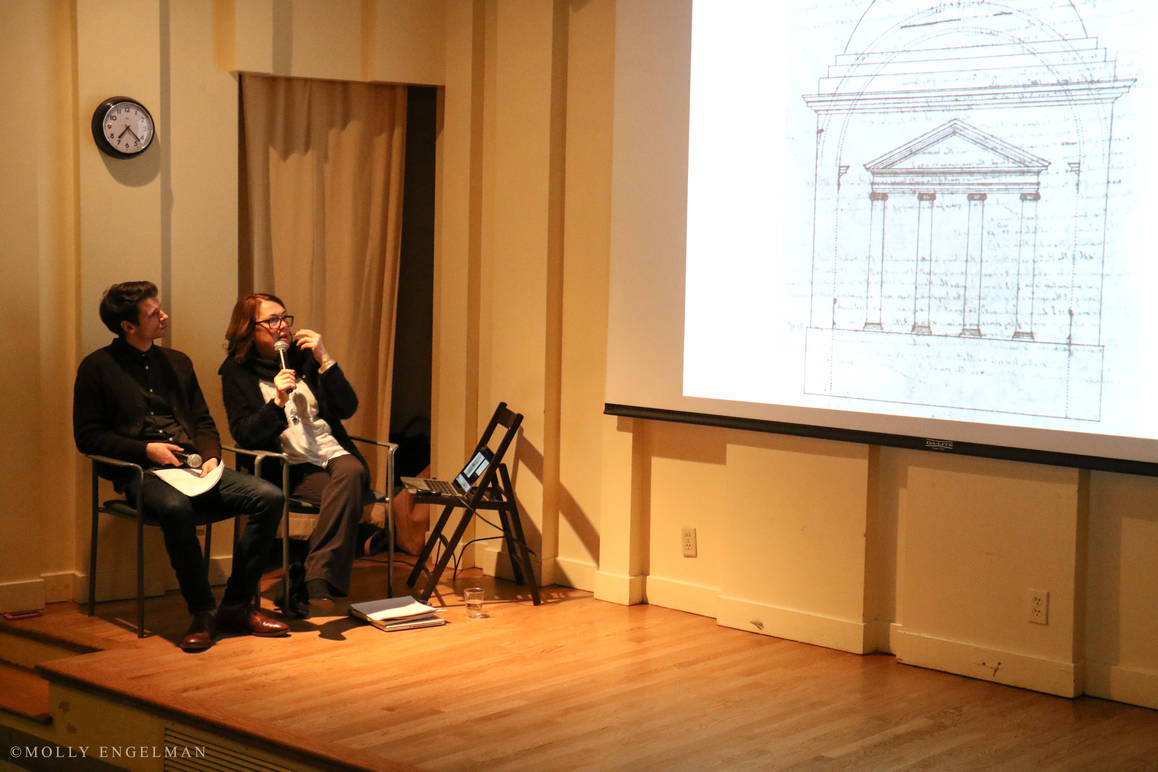
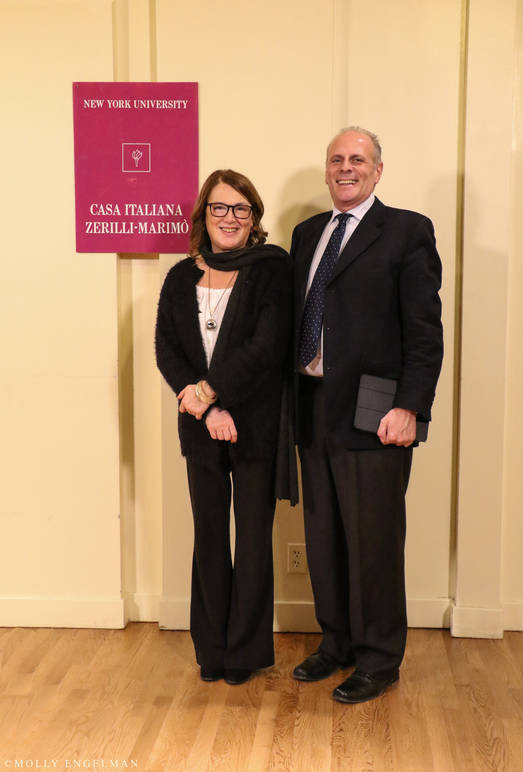



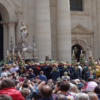


i-Italy
Facebook
Google+
This work may not be reproduced, in whole or in part, without prior written permission.
Questo lavoro non può essere riprodotto, in tutto o in parte, senza permesso scritto.